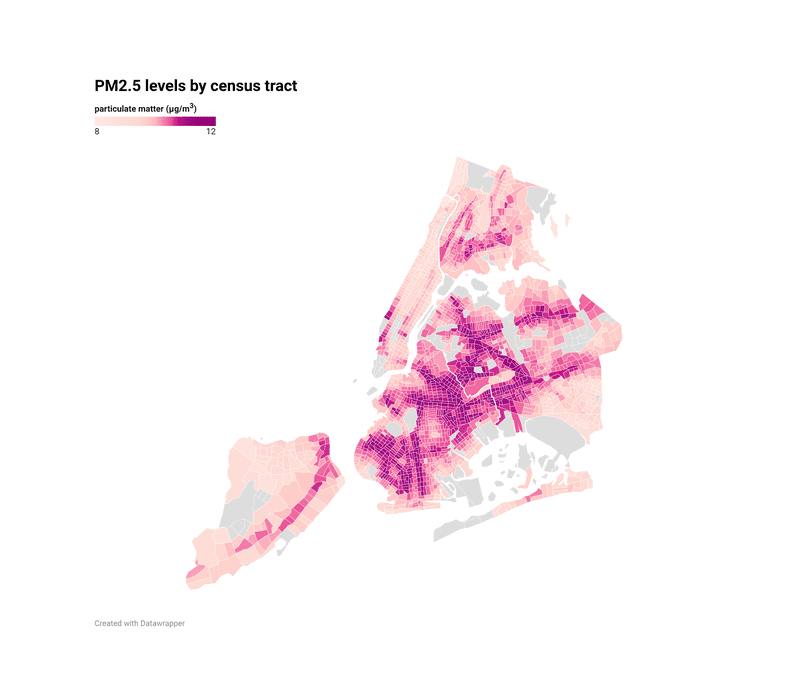
In the 1930s, the federal Home Owners' Loan Corporation (HOLC) made maps of thousands of cities across the United States. Each neighborhood was color-coded according to the perceived security of prospective lenders’ investments.
In Brooklyn’s map, the area around the Navy Yard was colored in bright red, signifying a “D” rating — the lowest possible. An accompanying report listed undesirable features like the nearby shipyard and Brooklyn Bridge — and describes the neighborhood’s residents, who were mainly Italian and Black merchants and laborers. A “great many” received government assistance.
“An area of poor properties and shifting population of questionable character and occupation,” the report by the HOLC, a government-sponsored group, read. Like so many neighborhoods inhabited by immigrants, people of color and people living in poverty, the area had been redlined, cutting residents off from homeownership and discouraging investment.
Fair housing laws of the 1960s officially ended redlining, but the longtail effects of the inequity continue to show up within the old boundaries. New research links the historical discrimination, coupled with generational harm caused by land-use policies, with modern-day pollution.
To hear the story, click listen in the player, and visit Gothamist for more details.
